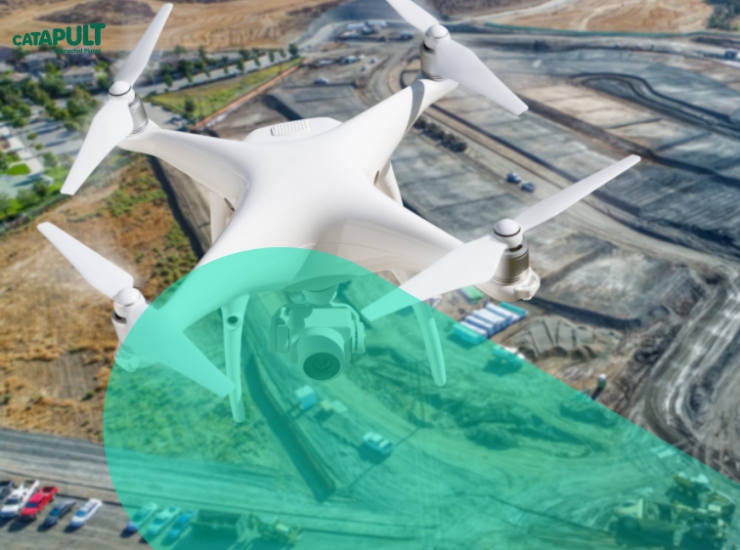The UK Government’s Connected Places Catapult research incubator, Department for Transport (DfT), CAA and industry partners have released the results of a six-month simulation of Open Access Unmanned Traffic Management (UTM). This successfully demonstrated how unmanned aircraft performing tasks from emergency response to delivering groceries could share the sky safely with each other, and with larger aircraft.
In the UK, research suggests that there will be 75,000 commercial drones in operation by 2030. Understanding the details of how to manage drone traffic is critical to safely achieve that growth. Connected Places Catapult was tapped to lead the research project.
Industry partners include: NATS, Altitude Angel, ANRA Technologies, Cranfield University, the Satellite Applications Catapult, Thales UK, WING, GE (AiRXOS), Collins Aerospace and Skylift.
A press release from Wing sets out the main programme objectives:
Rather than relying on a centralised architecture — such as a traditional air traffic management system — the trials set out to demonstrate a federated system that leverages new technologies to achieve a safe, secure, and scalable system for drone traffic management. This approach follows the guidelines set by the UK Government for developing new technologies as laid out in the UK Technology code of practice. These guidelines include accessibility and inclusivity, use of open-source software and open standards, and a focus on privacy and security.
The result is an open ecosystem in which multiple drone traffic management solution providers can operate simultaneously and in harmony with one another. Each provider applies to join the ecosystem, and once approved, can access and share airspace information and flight data with airspace authorities and one another. This data sharing is facilitated through a secure digital platform that does not require human controllers to act as intermediaries. Additionally, by leveraging network remote identification (NET-RID) technology, the ecosystem enables third-party observers to identify nearby operators, bringing an unprecedented level of transparency to this new frontier of aviation.
The UK system underwent extensive testing in both virtual and live environments. One scenario featured a complex situation in which the operations of a recreational drone were disrupted as an emergency response drone was dispatched to investigate a possible fire. The recreational operator was notified through their chosen unmanned traffic management service provider (UTMSP) or their drone application, and was able to land their aircraft once notified. With the fire confirmed, a no fly zone was established in the area. The scenario continued with a local news drone, which was dispatched to cover the emergency situation, recognizing and deconflicting with that no-fly zone.
Meanwhile, emergency service personnel used NET-RID capabilities to identify and confirm the intent of both the news and recreational drones in the area. As the situation escalated, an aerial ambulance was requested, which resulted in an expanded no fly zone and the need to notify all drone traffic in the area enabling them to review the constraint against existing flight plans and take corrective actions such as land or move away from the conflict. Nearby drone operators, including the emergency services and news operators, were notified of this constraint through the traffic management ecosystem and all drones were safely landed.
This successful demonstration of the capabilities represents an exciting development for the drone industry. It took just six months for industry and government to collaborate to build a framework capable of handling complex operational scenarios. By contrast, it has taken decades for traditional manned air traffic management frameworks to develop similar capabilities. The cost of developing this new framework is also noteworthy. While governments have spent tens of billions of dollars developing traditional air traffic management capabilities, the UK framework was developed at a tiny fraction of that, with most of the expense being shouldered by industry thanks to the new technologies and innovative approaches that have not been possible before.
For more information visit:
http://cp.catapult.org.uk.




